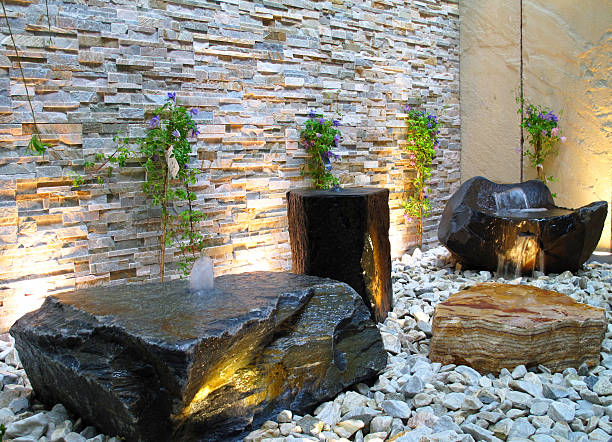Planting plans to support pollinators across the seasons
A planting plan that sustains pollinators through spring, summer, fall, and winter depends on plant selection, layering, and seasonal care. By combining native plants, edible blossoms, and a mix of hard scaping and soft scaping elements, gardeners can create continuous forage, shelter, and water resources while supporting soil health, efficient irrigation, and broader sustainability goals.

Landscaping and native plants for pollinators
Choose landscaping that prioritizes native plants to provide the nectar and pollen local pollinators evolved with. Native species typically fit local soils and climate, reducing the need for heavy irrigation and chemical inputs while supporting specialized bees and butterflies. Arrange beds to create connected corridors rather than isolated patches, and balance open sunny areas with shrubby shelter. Consider how hard scaping—paths, walls, and raised beds—interacts with planting zones so habitat remains accessible and plants are not isolated behind impermeable surfaces.
Soft scaping: seasonal planting choices
Soft scaping determines when and how much bloom is available. Start with early spring bulbs and native early-flowering perennials, follow with summer bloomers and native grasses, and include late-season asters or goldenrods to carry nectar into fall. Plant in clusters to make foraging efficient and include a diversity of flower shapes to attract different pollinators. Leave seedheads and stems standing through winter where appropriate to provide shelter and food for overwintering insects and birds, while planning succession sowing to maintain continuous blooms.
Xeriscaping, irrigation, and rainwater
Xeriscaping can support pollinators when it includes nectar-rich, drought-tolerant species. Use efficient irrigation methods—drip systems, timers, and targeted hand-watering—to reduce water use while maintaining key floral resources. Capture rainwater in barrels, swales, or rain gardens to supplement watering needs and improve sustainability. Even drought-adapted plants benefit from occasional deep watering during establishment. Provide shallow water features or damp mulch patches for drinking and bathing without creating standing water that attracts pests.
Soil health, compost, and mulch
Healthy soil underpins resilient plantings that flower consistently. Add compost to improve structure, nutrient availability, and microbial activity, all of which support stronger blooms and greater nectar production. Use mulch to conserve moisture, moderate temperature, and reduce the need for frequent irrigation; avoid excessive depth that can smother plants. Periodic soil testing and targeted amendments maintain balance. When soil health is prioritized, plants are less stressed, less prone to pests, and better able to support pollinators across the seasons.
Edibles, pruning, and seasonal blooms
Including edibles—fruiting shrubs, herbs, and vegetables—adds value for people and pollinators. Many herbs and fruit blossoms are excellent nectar sources; schedule them to bridge gaps between ornamental blooms. Pruning affects bloom timing and nesting habitat: prune at species-appropriate times to preserve spring flowers or encourage summer blooms, and avoid removing stems that provide overwintering sites. Use staggered planting and succession sowing to keep flowers available across spring, summer, and fall, and retain small undisturbed patches for ground-nesting insects.
Hard scaping: patios, decking, lighting, permeable paving
Hard scaping elements like patios and decking can coexist with pollinator-friendly plantings when designed intentionally. Use permeable paving to reduce runoff and support infiltration, which benefits adjacent beds and soil health. Orient patios and decks to create microclimates—sunny edges for warmth-loving pollinators and shaded refuges for species that prefer cooler spots. Choose outdoor lighting that minimizes disruption to nocturnal pollinators by using low-intensity, warm-spectrum fixtures and shielding lights away from planting areas. Incorporate planting pockets and container gardens on hard surfaces to expand habitat without sacrificing usable outdoor space.
Conclusion
Supporting pollinators year-round combines plant selection, seasonal management, and landscape design that work together: native plants and edibles supply continuous blooms, compost and mulch sustain soil health, efficient irrigation and rainwater capture promote sustainability, and paired hard scaping and soft scaping create functional habitat. Small design choices—retaining stems for winter shelter, clustering nectar sources, and using permeable paving—help maintain diverse pollinator communities throughout the seasons.





